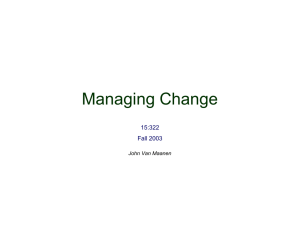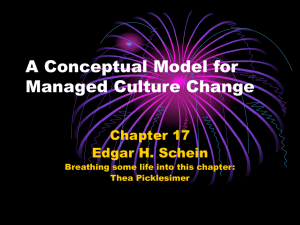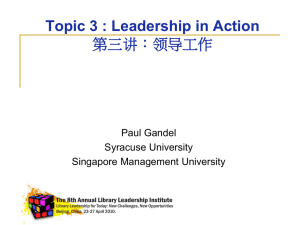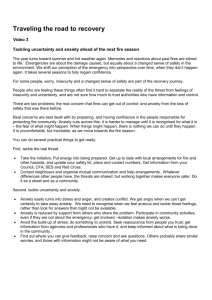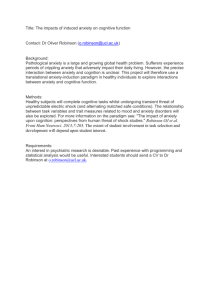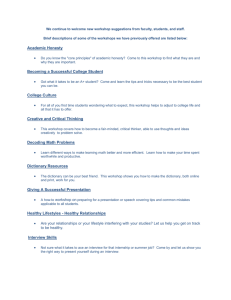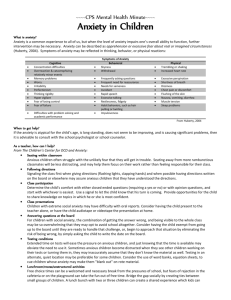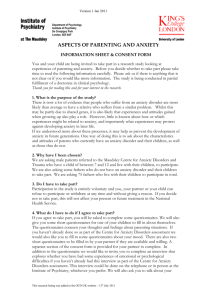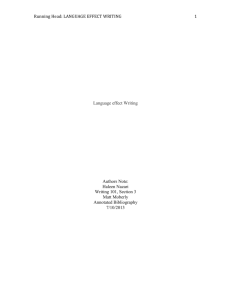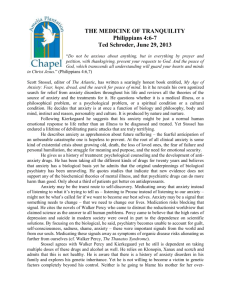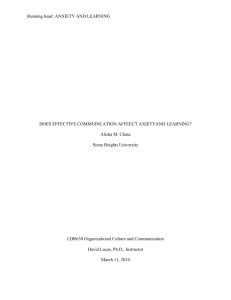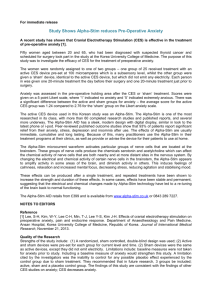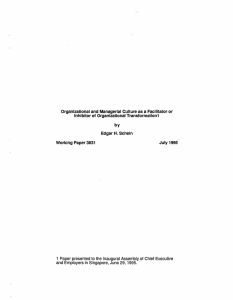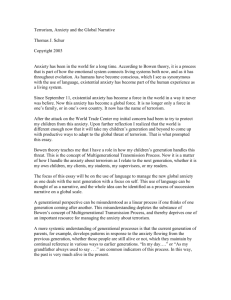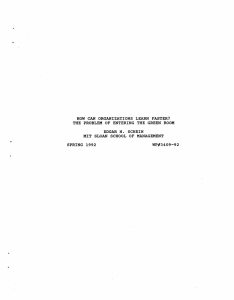Notes Handout
advertisement
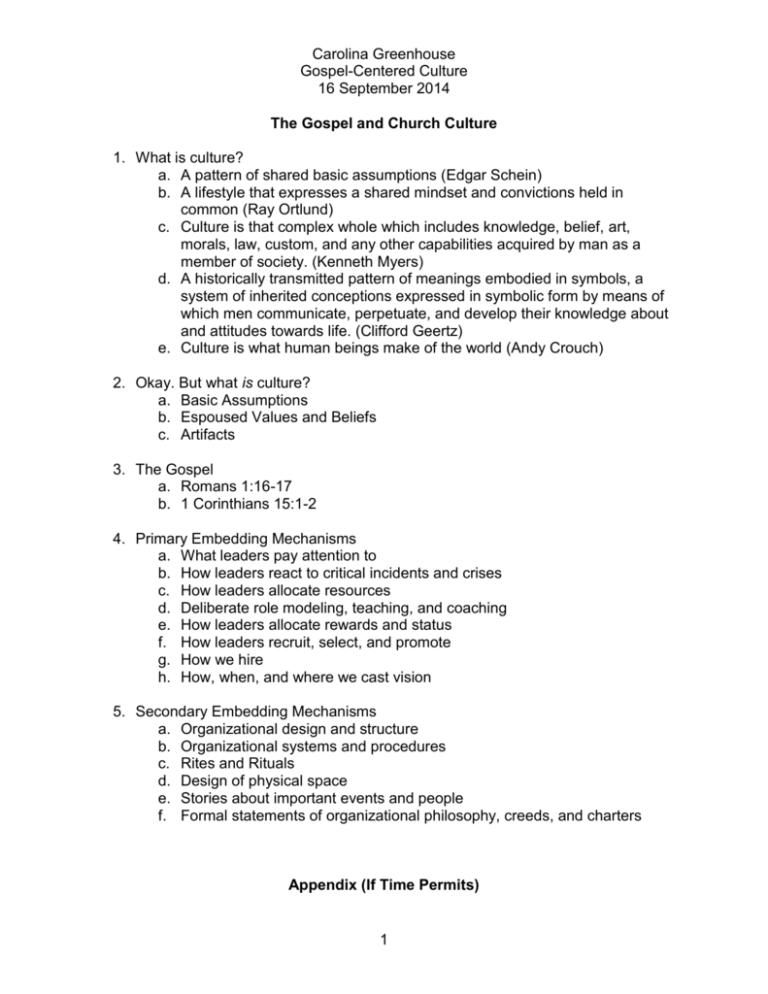
Carolina Greenhouse Gospel-Centered Culture 16 September 2014 The Gospel and Church Culture 1. What is culture? a. A pattern of shared basic assumptions (Edgar Schein) b. A lifestyle that expresses a shared mindset and convictions held in common (Ray Ortlund) c. Culture is that complex whole which includes knowledge, belief, art, morals, law, custom, and any other capabilities acquired by man as a member of society. (Kenneth Myers) d. A historically transmitted pattern of meanings embodied in symbols, a system of inherited conceptions expressed in symbolic form by means of which men communicate, perpetuate, and develop their knowledge about and attitudes towards life. (Clifford Geertz) e. Culture is what human beings make of the world (Andy Crouch) 2. Okay. But what is culture? a. Basic Assumptions b. Espoused Values and Beliefs c. Artifacts 3. The Gospel a. Romans 1:16-17 b. 1 Corinthians 15:1-2 4. Primary Embedding Mechanisms a. What leaders pay attention to b. How leaders react to critical incidents and crises c. How leaders allocate resources d. Deliberate role modeling, teaching, and coaching e. How leaders allocate rewards and status f. How leaders recruit, select, and promote g. How we hire h. How, when, and where we cast vision 5. Secondary Embedding Mechanisms a. Organizational design and structure b. Organizational systems and procedures c. Rites and Rituals d. Design of physical space e. Stories about important events and people f. Formal statements of organizational philosophy, creeds, and charters Appendix (If Time Permits) 1 Carolina Greenhouse Gospel-Centered Culture 16 September 2014 How is culture changed? Once the culture develops a substantial history of its own, its culture becomes more of a cause than an effect. The culture now influences strategy, structure, procedures, and the ways in which people relate to each other. Culture becomes a powerful influence on members’ perceiving, thinking, and feeling, and these predispositions will influence behavior. Three Step Process: 1. Disconfirmation 2. Survival Anxiety 3. Learning Anxiety Survival anxiety must be greater than learning anxiety Learning anxiety must be reduced rather than attempting to increase survival anxiety Leadership and Culture Solidarity & Sociability 1. Fragmented is low on both dimensions 2. Mercenary is high solidarity, low sociability 3. Communal is high sociability, low solidarity 4. Networked is high on both dimensions Stability vs. Flexibility & Internal vs. External 1. 2. 3. 4. Hierarchy is internal and stable – structured and well coordinated Clan is internal and flexible – collaborative and friendly Market is external and stable – competitive and results oriented Adhocracy is external and flexible – innovative, dynamic, and entrepreneurial Bibliography Bolman, L. G., & Deal, T. E. (2013). Reframing organizations: Artistry, choice, and leadership (5th ed.). San Francisco: Jossey-Bass HBR's 10 must reads on change management. Boston, MA: Harvard Business Review Press. Morgan, G. (2006). Images of organization (Updated ed.). Thousand Oaks, CA: Sage Publications Schein, E. H. (2004). Organizational culture and leadership (4th ed.). San Francisco: Jossey-Bass. 2
